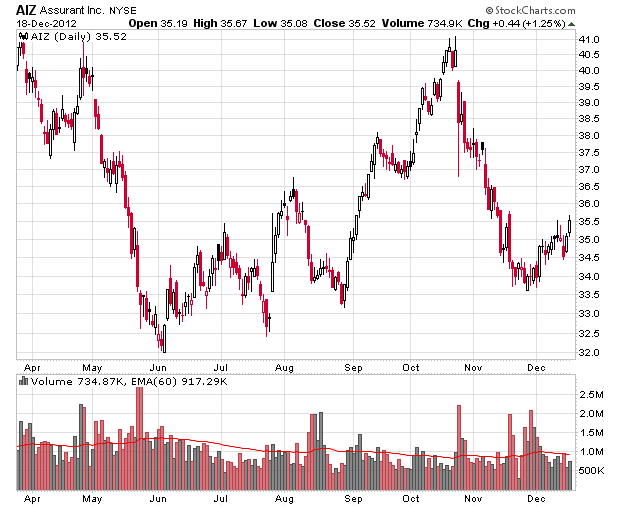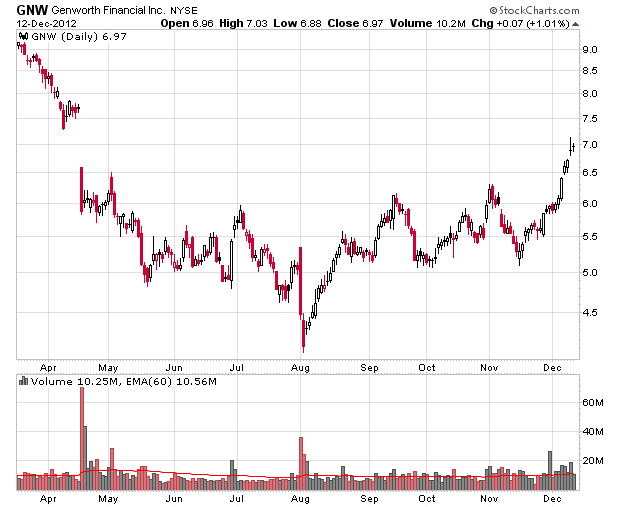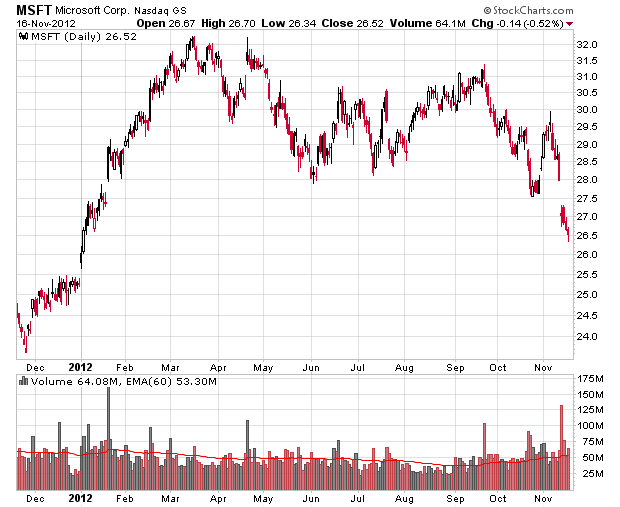Genworth MI Canada (TSX: MIC) made an announcement today that reflected changes to the underlying legislation, the Protection of Residential Mortgage or Hypothecary Insurance Act and the impact on its balance sheet.
It had been accruing a government guarantee fund that was funded through gross premiums that effectively functioned as a corporate equivalent of an RRSP, with the difference being that there was an exit fee of 1% for every year the funds were deposited into the fund. Any deposits in the fund were tax deductible, but any withdrawals would be taxable.
In the new regime, this fund is now going to be collapsed, but without the exit fee. Thus, the company is basically going to book the exit fee (after taxes) as a gain, which will amount to about $135 million or about $1.37/share.
In exchange, the company is now going to contribute 2.25% of gross premiums to the federal government (as an expense and not into a guarantee fund) and their minimum capital test amount will be going up to an internal level of 185% (required is 175%) from the present 145% (required is 120%).
The implication here is that the company will be making more money in the future (all things being equal; this does not account for the decreases in real estate transaction volume that will be decreasing the premiums written in the future) and the company will have a relatively large amount of capital freed up to examine other options, including dividends or share buybacks. Management was previously burnt by spending $160 million on June 30, 2011 on a share buyback at $26/share. In light of the fact the company is trading well under book value, it would not surprise me to see them consider another one, or they could give out another dividend.
Investors would be cautioned that MIC will likely do what is in the best interests of Genworth (NYSE: GNW) as they own 57.5% of the company.
Shares of MIC are up 3.6% at present.



